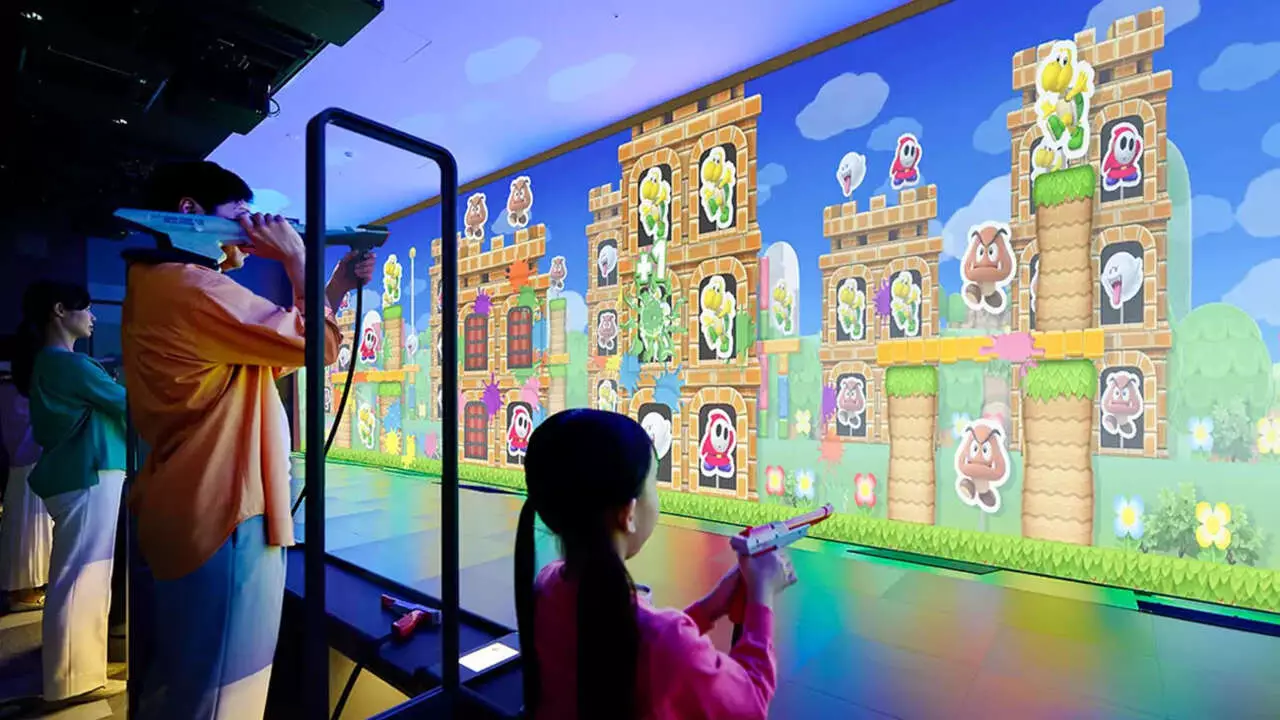The Nintendo Museum, located in Kyoto, Japan, has recently opened its doors to gaming enthusiasts, allowing fans to delve into the rich history of one of the most influential companies in the gaming industry. With its grand inauguration occurring just two days ago, it is already drawing a significant amount of attention—not only for its exhibitions but also for the controversy surrounding its exclusive merchandise.
In the digital age, buying and selling merchandise has transformed dramatically, and the Nintendo Museum is no exception to this phenomenon. Reports indicate that scalpers are taking advantage of the museum’s collectible items, listing them online at exorbitantly inflated prices. High-profile items, such as the coveted Wii Controller cushion, are being sold on platforms like eBay for nearly $500—an outrageous markup that speaks to the fervor surrounding this new venue. This rampant scalping ultimately detracts from the genuine fan experience, which the museum intends to foster.
In response to these issues, the museum has taken proactive measures by limiting the purchase of each merchandise item to one per customer. This decision aims not only to ensure fairness but also to safeguard the integrity of the shopping experience for dedicated fans. Such restrictions may initially frustrate some visitors, but they are a necessary step toward curbing the exploitation seen in other fandoms.
Beyond the controversies, the Nintendo Museum is not just a retail space but a dedicated tribute to the legacy of a gaming titan. Visitors are offered the chance to journey through nearly a century’s worth of innovation and nostalgia. Artistically curated exhibits showcase significant milestones and artifacts that have contributed to Nintendo’s enduring legacy—from iconic games like Super Mario and The Legend of Zelda to the revolutionary gaming hardware that has defined generations.
Gaming journalist Dan Ryckert recently provided a personal perspective of his experience at the museum, highlighting it as a deeply emotional exploration of his gaming life. It showcases not only the games that shaped his childhood but also the broader impact of Nintendo on global entertainment culture. Such insights exemplify the museum’s potential to be more than just a showcase; it serves as a beacon for those wishing to connect with the history that has influenced countless lives.
As the museum grapples with the dual nature of excitement and controversy, one thing remains certain: the demand for its merchandise and experiences is only likely to increase. The limited ticket availability, with reports suggesting that placements have already been filled for the rest of the year, further emphasizes the strong interest in what the museum has to offer.
While the presence of scalpers taints the experience for some, the hope remains that this initiative will inspire greater appreciation for gaming culture, bridging new and longtime fans alike. As the Nintendo Museum continues to evolve, it will undoubtedly play a pivotal role in celebrating the enchanting history of gaming—a legacy deserving of its own monumental space in history.

